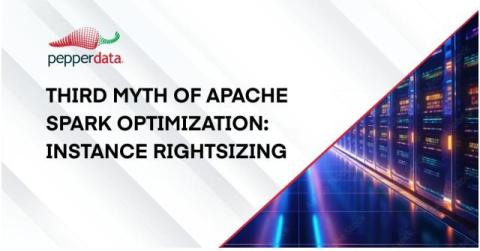You Can Solve the Overprovisioning Problem
If you're like most companies running large-scale, data- intensive workloads in the cloud, you’ve realized that you have significant quantities of waste in your environment. Smart organizations implement a host of FinOps and other activities to address this waste and the cost it incurs: … and the list goes on. These are infrastructure-level optimizations.










